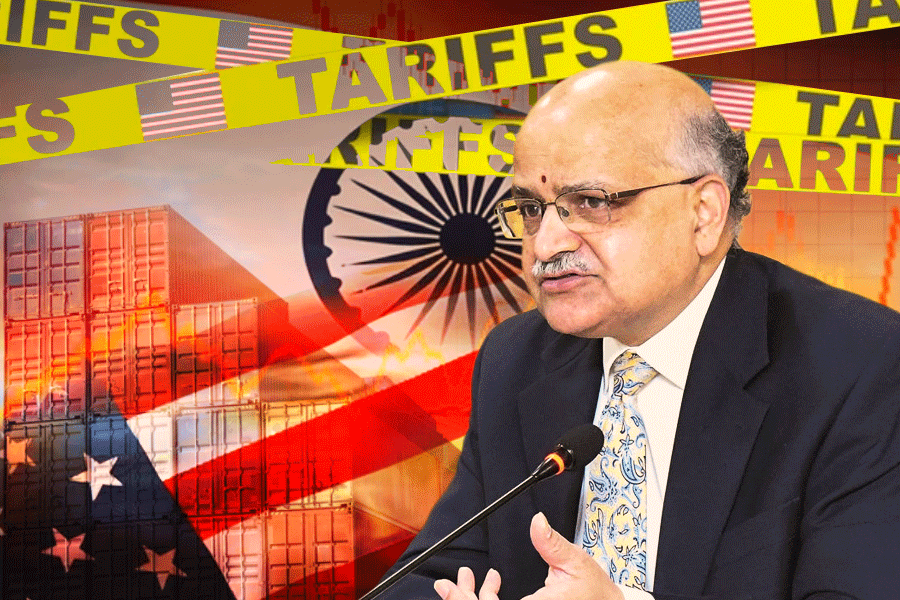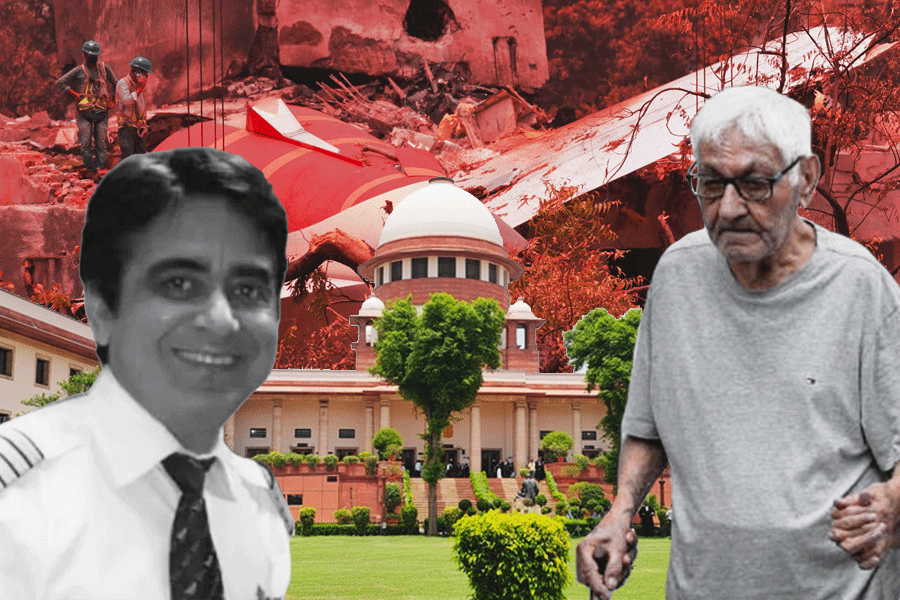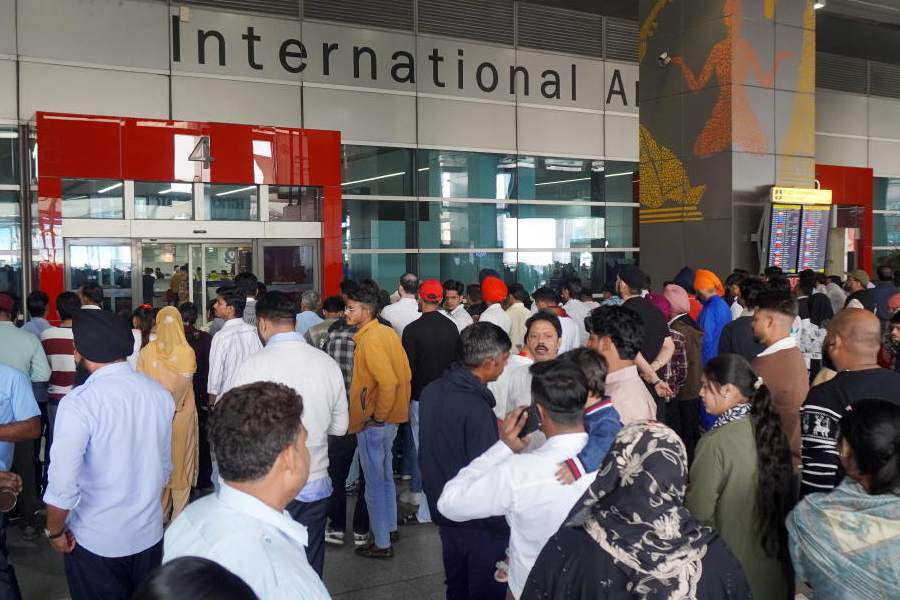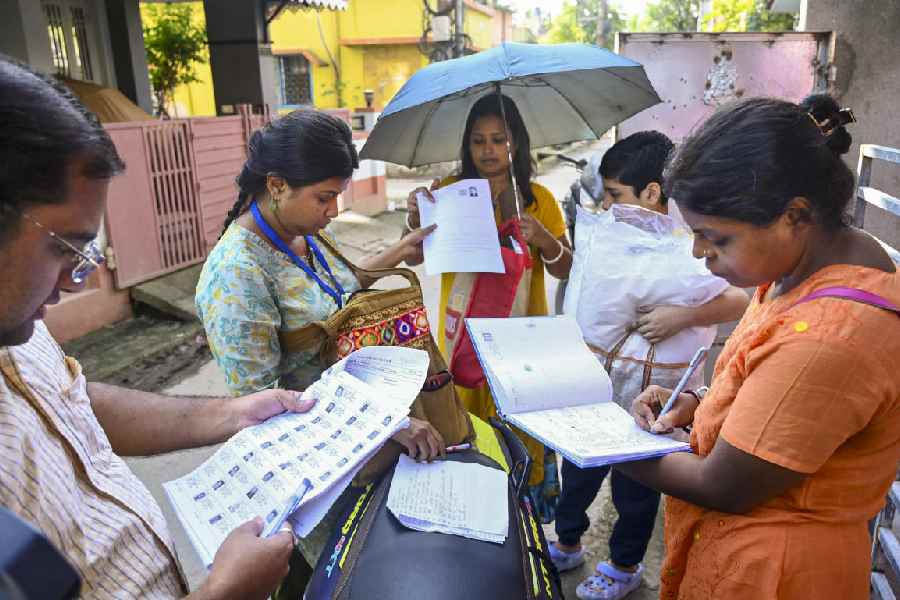 |
Gandhi Before india By Ramachandra Guha, Allen Lane, Rs 899
He had a life before he emerged as the leader of the Indian national movement. This life was largely centred around the work he did in South Africa. Ramachandra Guha’s new book — the first volume of a projected two-volume biography — reconstructs the life and career of Mohandas Karamchand Gandhi in South Africa. This is an important and often neglected phase of Gandhi’s life since most of Gandhi’s ideas and ideals were formed when Gandhi worked as a successful barrister-at-law in South Africa and led there his first experiments in non-violent resistance against forms of oppression. This book makes clear that it is not possible to understand what Gandhi was trying to do in India without a knowledge of his career in South Africa. In spite of the geographical distance, South Africa and India are linked through Gandhi’s life and his quest for truth.
This is a biography that, like all good biographies, is firmly grounded in history. It is so rooted in two distinct ways. One is in the way that Guha places Gandhi’s activities and the development of his ideas in their given historical context — what was happening in India, South Africa and to a lesser extent in Britain; and also what was happening in Gandhi’s own life, at the level of his family, people he was meeting and friends he was making. The context is used to light up the subject’s life and work. The other is important to understand Guha’s craft as a biographer-historian. Guha loves the archives — in this book he has delved into records, letters, magazines, newspapers and obscure books across the world to unearth revealing nuggets about Gandhi and his work. This last point is important because the general understanding, even among scholars, is that Gandhi’s life is a well-mined field, especially as his own Collected Works run to 100 fat volumes. Guha’s researches have brought to light material that is not included in the Collected Works. Guha’s book is a reaffirmation of the now old-fashioned idea that good history writing is based on facts derived from documents. The point is worth making since the onslaught of postmodern theory has adversely affected the historian’s craft.
To emphasize the importance of Gandhi’s South African experiences, Guha makes the apparently paradoxical point that it was in South Africa that Gandhi became an Indian. Gandhi came from a small town located in a rather neglected part of western India. He was called to the bar from the Inner Temple but failed to make a successful career in law in either his native Kathiawar or in Bombay. He seized the opportunity to travel to South Africa to try and build his life there. In South Africa, especially in Natal, he became the “the most important and influential Indian”. There he got to know people from all parts of India cutting across caste, class, and region. To all those who knew him or came to him for legal counsel — Gujaratis, Tamils, Hindus and Muslims — he was Gandhi bhai. The loner from Kathiawar had become exposed to kinds of people whom he may not have met if he had not moved to South Africa. Not just Indians, among Gandhi’s closest friends in South Africa were two Jews (one from England and the other from Eastern Europe) and two Christian clergymen — one an Anglican and the other a Baptist. Gandhi’s circle was thus wide and eclectic. This was one source of the religious tolerance with which his name became synonymous.
There were two other sources that were much more important. One was Gandhi’s earliest mentor, the Jain poet and mystic, Raychandbhai, at whose feet Gandhi took his first lessons in ahimsa and celibacy. Raychand’s influence was a life enhancing one for the young Gandhi. The man who introduced Gandhi to Raychand, the very day the former returned from London as a barrister-at-law, was Pranjivan Mehta, Gandhi’s fellow student in London. Guha describes Mehta as the “Engels to Gandhi’s Marx’’. He was the first to use the epithet Mahatma to describe Gandhi; provided financial and personal support; and served as the model for the “Reader’’ in Gandhi’s Hind Swaraj, which is a written as a dialogue between a Reader and an Editor.
It was in South Africa that Gandhi became twice the direct victim of physical violence, something that he never had to face in India. On both occasions, he was the target of mob anger. Guha’s descriptions of these two encounters are vivid. He was beaten up on January 12, 1897, in Durban by a white crowd and was rescued, while he was bleeding from the blows, by a white lady, the wife of the superintendent of police; the second time was in Johannesburg in February 1908 when some Pathans beat him up — Gandhi was rescued by a white man. These beatings, especially the one in Durban, were formative for Gandhi in developing his commitment to abhaya or fearlessness. Much more than perhaps that moment when he was thrown out of the first-class carriage of a train in Pietermaritzburg.
It was also in South Africa that Gandhi himself came close to inflicting physical violence on another human being and that too on his wife, Kasturba. Ironically, we get to read about this incident from Gandhi’s own pen. Guha discusses Gandhi’s relationship with his wife and the more anguished one with his eldest son, Hiralal. In his handling of these relationships, Gandhi comes across as a man obsessed with his own ideas and without any consideration for the feelings of those close to him. Guha does not paint the picture of a saintly and flawless Gandhi.
Gandhi arrived in India in 1915 with his ideas fully formed and with major experiments in satyagraha behind him. Once his life in South Africa is known in detail, as it is from a reading of Guha’s book, much of what he does in India falls within the realm of the expected. He stands before India as the Mahatma.
This is a book rich in detail and insight. The narrative is deftly crafted and nowhere does the extensive research cast its shadow on the telling of the story. Good history writing invariably braids narrative and analysis. It is to Guha’s credit that he has revived this form of history writing in India.











